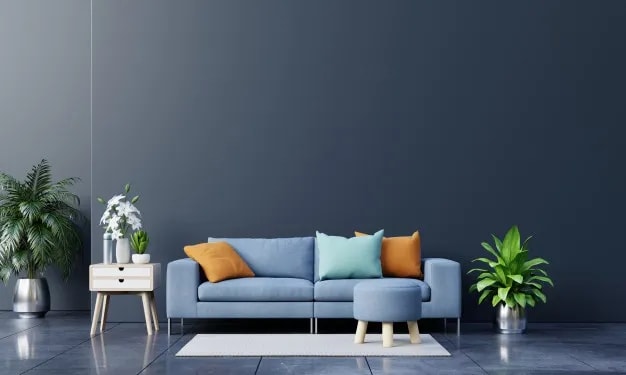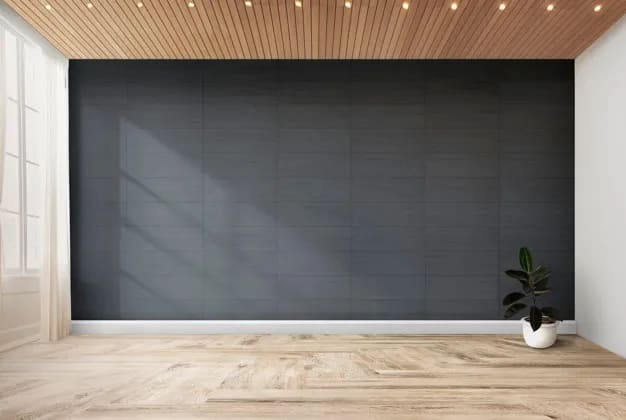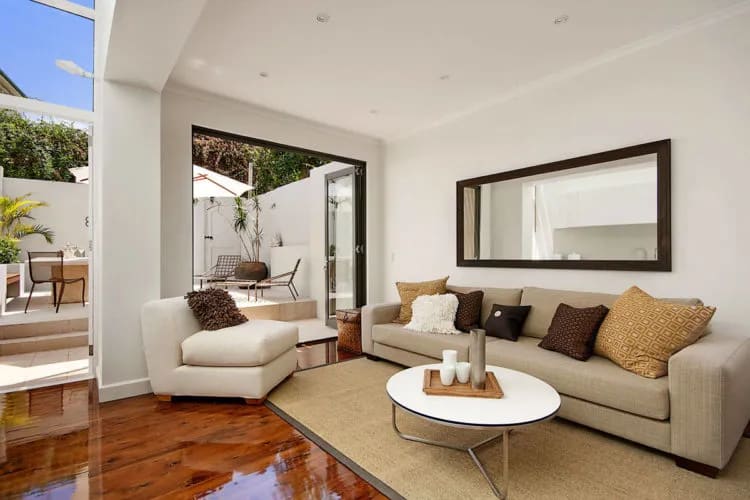Interior designing is all about how we experience different areas. It’s a powerful and essential part of our everyday lives. It affects the way we live, play, work or even heal. Comfortable and cosy homes, functional and spacious workplaces, clean and beautiful public spaces that’s interior design at work.
Interior design is known as art of beautifying the space of a building to get a healthier and more aesthetically pleasing environment for people using the area. An interior designer is someone who plans, thoroughly researches, coordinates and also manages such projects. It can be a multifaceted career option, which includes conceptual development, site inspections, programming, space planning, research, communicating with the stakeholders of the given project, construction management and the final execution of the design.

Table of Contents
History and Current Times
In the past, Interior Designers were put together instinctively as one part of the process of building. As a career, it has been a result of the development of society and the complex architecture, which has resulted from the development of various industrial processes.
Utilising space effectively, functional design and user well-being has contributed in developing the contemporary interior design profession. This career is distinct from the role of an interior decorator, a term commonly used in the United States. This is not common in the United Kingdom, where a career in interior design career is still unregulated.

In ancient India, architects would also act and work as interior designers. The architect and one of the gods in Indian mythology, Vishwakarma (1) is a good point of reference. The 17th century designs have sculptures depicting ancient texts or events inside the palaces. During the medieval times, wall art paintings were commonly found in palace-like mansions, commonly known as havelis. While most of the traditional homes have been demolished to make way for modern buildings, there are 2000+ havelis in the Shekhawati region of Rajasthan that display wall art paintings.
The tombs of ancient Egypt usually contained Shoul Houses. They acted as receptacles for food offerings. Hence, it is possible to recognise the interior design of various residences in different Egyptian dynasties. However, some changes in ventilation, loggias, porticoes, columns, windows and doors can be observed.
All throughout the 17th & 18th century and into the early 19th century, interior decoration was the concern of a homemaker, or an employed worker or a craftsman who would advice on the artistic style for a chosen space. Architects would also sometimes employ craftsmen or artisans to complete interior designing for their building projects.
Commercial Interior Design and Management
In the middle and late 19th century, the services for interior design grew immensely, as the middle class in industrial countries were growing. They began to desire the domestic trappings of wealth to cement their new attained status. Larger furniture companies started to diversify into general interior design and management. They offered full house furnishings in a variety of styles. This business model flourished from the mid-century to the year 1914. Independent, amateur designers actively took up this role. This paved the way for the emergence of interior design as a career in the mid-20th century.

During the 1950s and 1960s, upholsterers started to expand their business remit. They framed their business much broadly and in artistic terms. They began to market their furnishings to the common people. The increasing demand for contract based interior work on projects like offices, restaurants or public buildings. These businesses grew and more complex, employing builders, plasterers, artists, textile designers and furniture designers, as well as engineers and technicians to complete the job. Companies began to publish and share catalogues with prints for a variety of lavish styles, to attract the attention of growing middle class population.
Transition to Professional Interior Design
New advisors and publishing houses by the turn of the 20th century started challenging the monopoly that big retail companies had on interior designing. Mary Haweis, the English feminist author, wrote a series of popular essays in the 1880s. Here, she found out how eager the aspiring middle-class people were when they furnished the interiors of their home, based on the rigid models offered to them by the retailers. She also advocated the single adoption of a particular style, custom-made to the personal needs and preferences of the customer.

Also Read: WHY INTERIOR DESIGNING IS A PROFITABLE AND PROLIFIC CAREER!
Three Simple Things You Need to Know Before You Become an Interior Designer:
Explore and Enhance Your Creative Skills
To become an excellent interior designer, an individual needs to have an eye for detail, a natural understanding of various colours, an instant intuition about space, harmony and balance and a keen eye. You can work on all these skills and create a strong foundation to become a successful interior designer.
What’s the Difference between an Interior Decorator and a Designer?
Interior Decorator is Never Equal to a Interior Designer
You may receive praises and compliments on the design, colour and placement of home decor, but these decoration skills aren’t just enough to become a good interior designer.

Interior Designing is More than Just Design
Interior Designers have more technical skills than just designing spaces. They need to know about various material and furniture designs. They must be familiar with all the interior design tools and also be able to maintain good relationships with their suppliers and clients.
Join Hamstech’s Interior Design course and get a chance to learn from one of India’s top ten interior designers, Shabnam Gupta. Gain insights into the industry through site-visits, workshops, webinars and annual events. Enrol now and start your journey towards a successful professional career through us!

